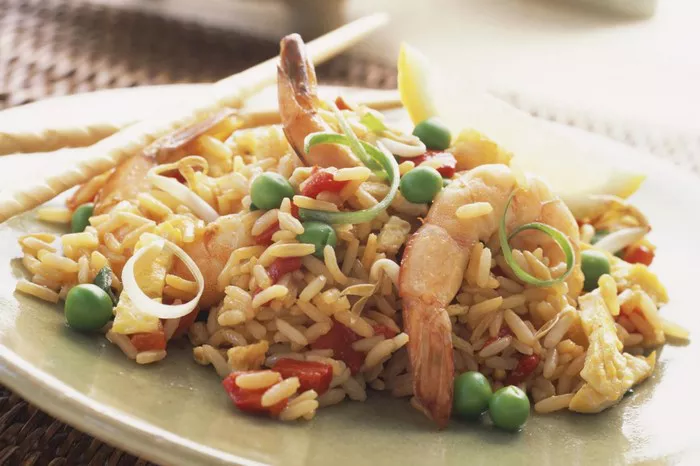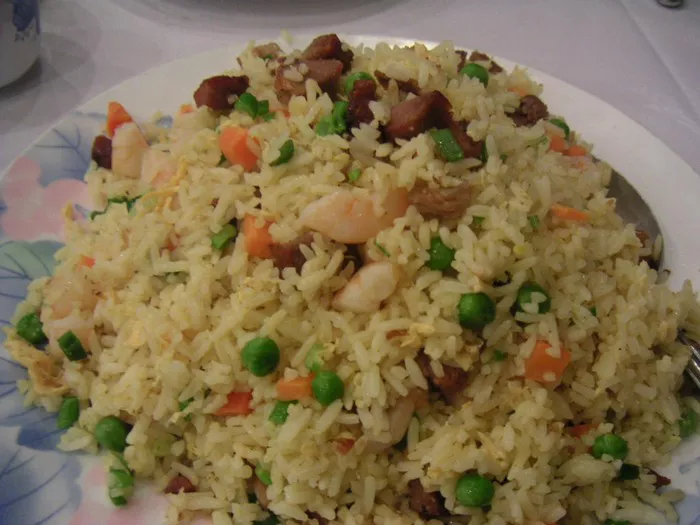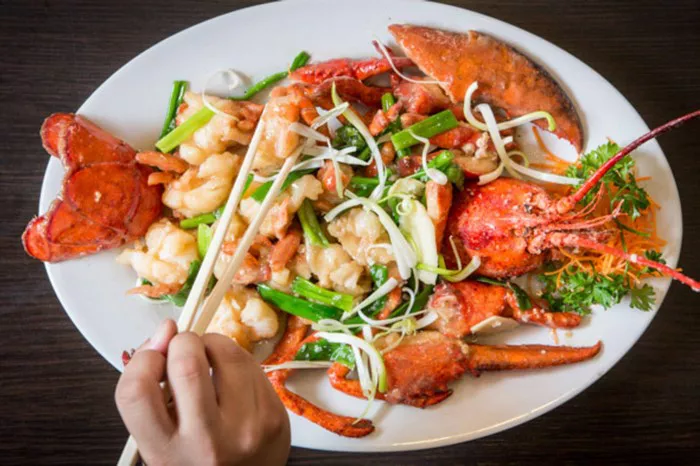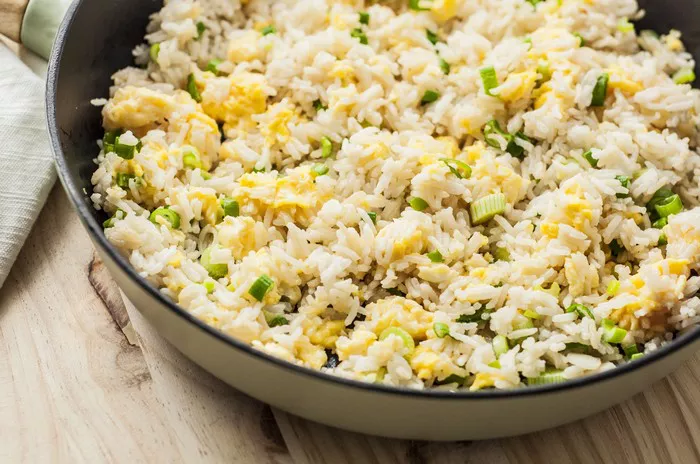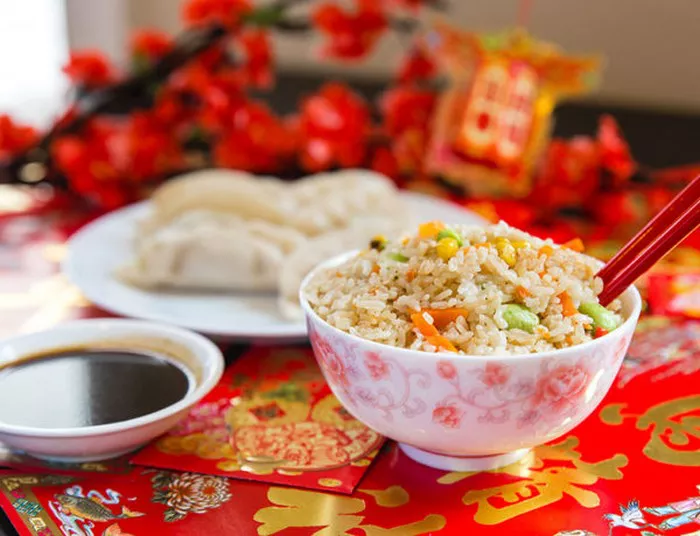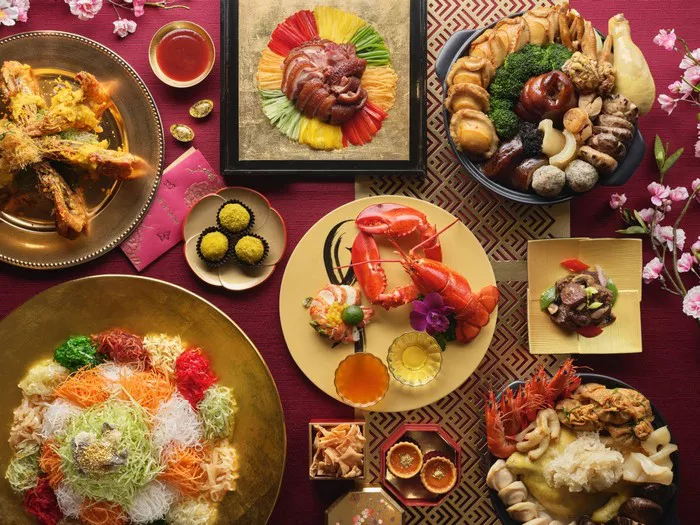Chinese cuisine is a masterpiece of flavors, techniques, and diverse culinary traditions that have captured the hearts and palates of people around the world. Amidst the symphony of tastes and textures, one dish stands out as the shining star in the constellation of Chinese culinary delights. In this article, we embark on a delectable journey to uncover the most popular Chinese dish, exploring its rich history, regional variations, cultural significance, and the captivating allure it holds for both locals and international enthusiasts.
A Glimpse into Chinese Culinary Heritage
Chinese cuisine is a mosaic of flavors that reflect the country’s history, geography, and cultural diversity. With its vast landmass and distinct regions, China boasts a myriad of culinary traditions that offer a tantalizing palette of tastes and aromas. Among the countless dishes that adorn Chinese tables, one dish emerges as a universal favorite that bridges cultures and transcends borders.
The Iconic Dish: Chinese Fried Rice
At the pinnacle of Chinese gastronomy stands the beloved dish known as Chinese fried rice. This iconic creation showcases the artistry of Chinese culinary craftsmanship and encapsulates the essence of a balanced and satisfying meal.
Origins and Evolution:
The roots of Chinese fried rice can be traced back to ancient China, where rice was a staple food that played a central role in daily sustenance. As trade and cultural exchange flourished along the Silk Road, so did the evolution of Chinese cuisine. Rice became an integral canvas for culinary creativity, leading to the creation of dishes such as fried rice.
The Making of Chinese Fried Rice:
Chinese fried rice is a versatile masterpiece that allows for countless variations. The core ingredients typically include cooked rice, vegetables, and protein sources such as chicken, shrimp, pork, or eggs. The dish is stir-fried with a medley of flavorsome seasonings such as soy sauce, oyster sauce, and sesame oil. The result is a harmonious blend of textures, colors, and aromas that is both visually appealing and incredibly satisfying.
Cultural Significance: A Culinary Emblem of Unity
Chinese fried rice transcends its culinary role to embody cultural significance and values. It represents the concept of “waste not, want not,” as it ingeniously utilizes leftovers to create a new and delectable dish. Additionally, the communal nature of Chinese dining is reflected in the shared enjoyment of a large platter of fried rice, fostering a sense of unity and togetherness.
Regional Variations: A Journey Across China
While Chinese fried rice remains a consistent favorite, its preparation and flavors can vary significantly across China’s diverse regions. Here are a few notable regional variations:
1. Yangzhou Fried Rice:
Hailing from the city of Yangzhou, this variation is known for its delicate flavors and elegant presentation. It often includes ingredients such as ham, shrimp, and peas, creating a colorful and aromatic dish.
2. Cantonese Fried Rice:
Cantonese fried rice is a popular variation that emphasizes the use of fresh ingredients and minimal seasoning. It features a variety of proteins, vegetables, and often incorporates the fragrance of jasmine rice.
3. Fujian Fried Rice:
This variation often incorporates seafood, reflecting the coastal influences of the Fujian province. Dried shrimp and scallops add a distinct umami depth to the dish.
4. Sichuan Fried Rice:
Hailing from the spice-rich Sichuan province, this variation features bold flavors and a touch of heat from Sichuan peppercorns and chili. It often includes ingredients such as diced Sichuan sausage and spicy tofu.
Global Popularity: A Universal Delight
The appeal of Chinese fried rice transcends cultural boundaries and has gained widespread popularity across the globe. In various international kitchens, chefs and home cooks alike have embraced the art of creating their unique interpretations of this classic dish.
Why Chinese Fried Rice Captivates Taste Buds
1. Versatility:
The adaptability of Chinese fried rice allows for endless creativity. Cooks can customize the dish to their preferences, incorporating an array of ingredients and flavors.
2. Comfort Food Appeal:
Chinese fried rice exudes comfort and familiarity, evoking feelings of home and nostalgia. Its warm, savory flavors provide a sense of solace and contentment.
3. Balanced Nutrition:
The inclusion of vegetables, proteins, and grains in Chinese fried rice ensures a well-rounded and nutritious meal that appeals to health-conscious individuals.
4. Quick and Convenient:
Chinese fried rice is a time-efficient solution for a satisfying meal. It can be prepared swiftly, making it a convenient choice for busy lifestyles.
Conclusion
Chinese fried rice stands as a testament to the rich tapestry of Chinese cuisine – a harmonious blend of flavors, textures, and cultural significance. Its widespread popularity is a testament to its timeless appeal and ability to connect people through the universal language of food.
As you savor the delectable flavors of Chinese fried rice, remember that this iconic dish encapsulates centuries of culinary innovation, cultural exchange, and the artistry of Chinese cooking. Whether enjoyed in the heart of China or on the bustling streets of a distant city, Chinese fried rice is more than just a dish; it’s a culinary masterpiece that bridges cultures, ignites the senses, and nourishes the soul.

